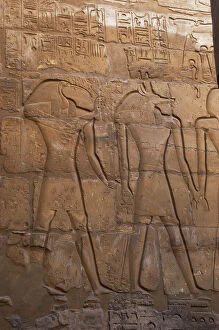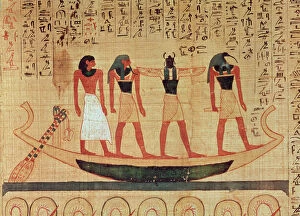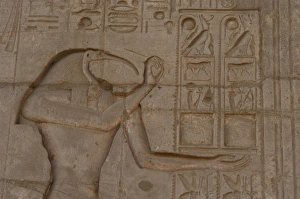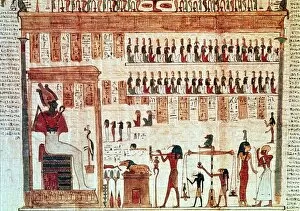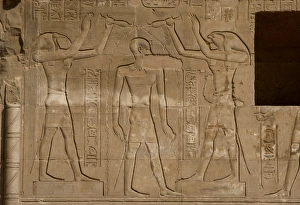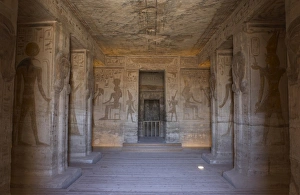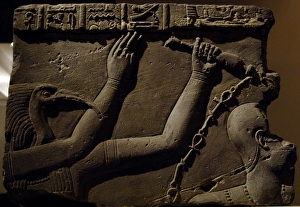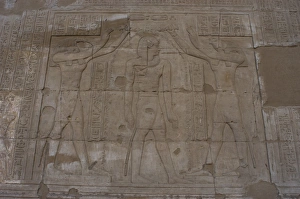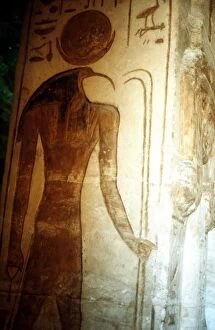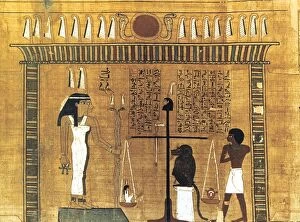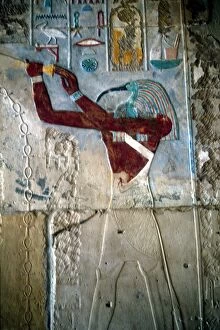Ibis Headed Collection
"Unveiling the Wisdom of Thoth: A Journey through Ancient Egyptian Art" Step into the world of ancient Egypt and discover the captivating depictions of Thoth
All Professionally Made to Order for Quick Shipping
"Unveiling the Wisdom of Thoth: A Journey through Ancient Egyptian Art" Step into the world of ancient Egypt and discover the captivating depictions of Thoth, the god of wisdom and learning. From intricate reliefs to mesmerizing frescoes, these artworks offer a glimpse into the rich mythology and beliefs of this fascinating civilization. In the Ramesseum relief, we witness Thoth's presence alongside other deities as he imparts his knowledge to those seeking enlightenment. Carved with meticulous detail, this scene transports us back in time to an era where gods were revered for their wisdom. The slate from 663-525 B. C. Showcases Thoth's significance as the patron deity of scribes. As they meticulously inscribe words onto papyrus scrolls, they invoke his guidance in their pursuit of knowledge and preservation of history. Venturing deeper into ancient tombs, we encounter breathtaking scenes like that found in Seti I's burial chamber. Here, Thoth stands beside Seti I himself, guiding him on his journey to the afterlife aboard a barque – a symbol of divine transport across realms. Moving beyond tomb walls, we explore Villa Dei Mysteri's frescoes from the 1st century BC. Amidst vibrant colors and mysterious symbols lies another representation of Thoth – an eternal reminder that wisdom transcends time itself. Temples dedicated to Thoth also hold secrets waiting to be unraveled. At Kom Ombo Temple, he joins forces with Horus in bestowing sacred blessings upon devotees who seek spiritual enlightenment within its hallowed halls. Inside Hathor's Small Temple lies yet another treasure - The Metternich Stela from Egypt's Late Empire period (30th Dynasty). This artifact depicts Thoth amidst hieroglyphs conveying prayers for protection and guidance during life’s trials. A cornice block adorned with relief at an unknown location reveals an intriguing baptism scene involving our wise deity.

